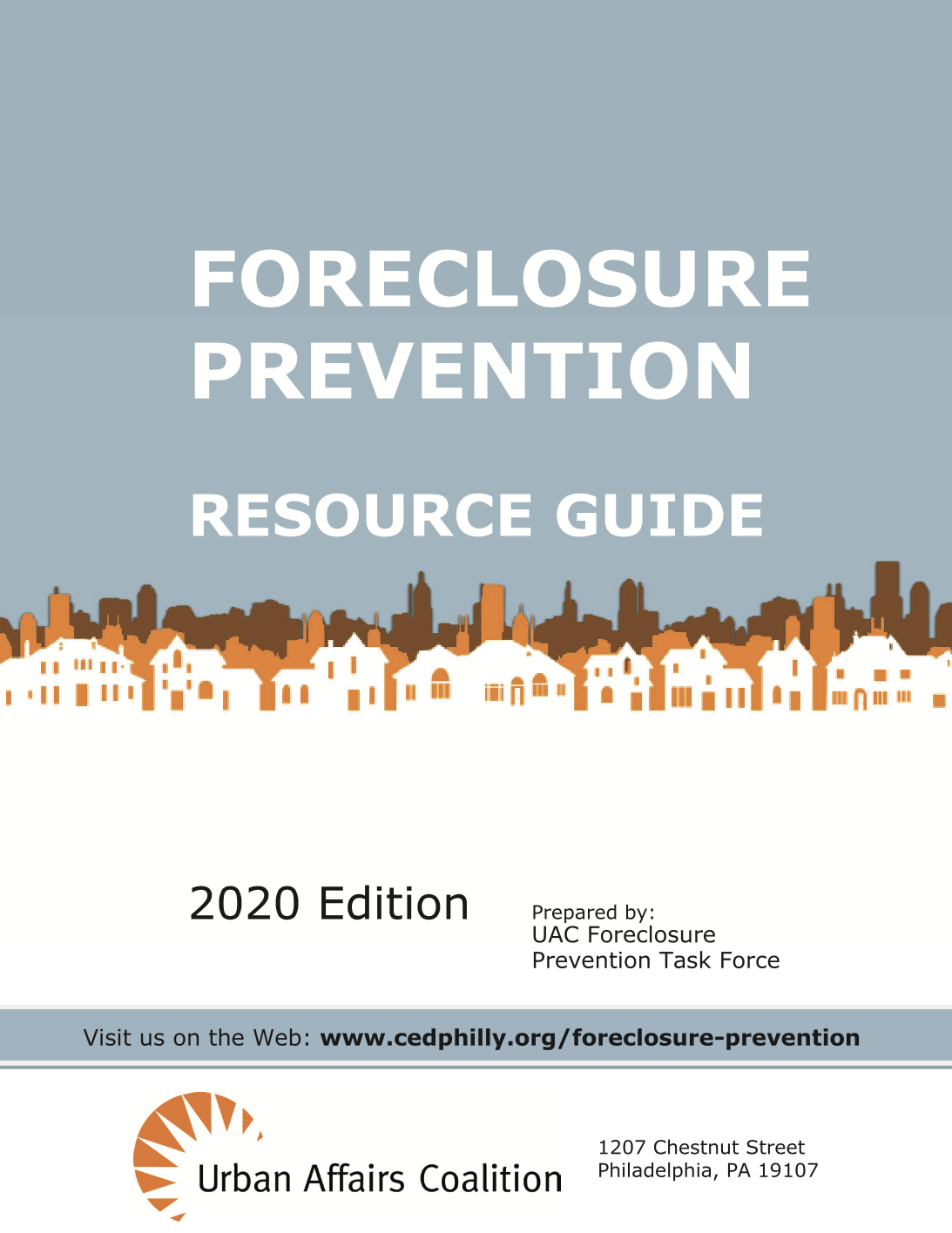
Rowhouses are pictured in the 700 block of South Chadwick Street in Southwest Center City Philadelphia on Friday, Sept. 11, 2020. Image from Philadelphia Inquirer.
In an analysis of 2022 loan data, the Reinvestment Fund, a Philadelphia-based community investment nonprofit, has shed light on the evolving landscape of the city’s housing market. The findings reveal a significant shift in the local housing environment, marked by rising borrowing costs and soaring home prices. The report also highlights critical issues, including a notable drop in mortgage applications, disparities in mortgage access based on race and location, and changing demographic boundaries within the city. Join us as we delve into the key takeaways from this report, exploring the challenges and opportunities that lie ahead for Philadelphia’s homebuyers and homeowners.
Drop in Mortgage Applications
In 2022, there was a significant decrease in mortgage applications for both home purchases and refinances. This drop was attributed to a substantial rise in interest rates, with lenders reporting a 17% decrease in loans compared to 2021.
FHA Loans
The percentage of new mortgages backed by the Federal Housing Administration (FHA) continued to decline, but the combined share of FHA and U.S. Department of Veterans Affairs purchase loans increased for borrowers making below 80% of the city’s family median income. This is an important market for people with more modest means or less perfect credit.
Racial Disparities in Mortgage Access
The report highlighted racial disparities in mortgage access. Black and Hispanic borrowers were more likely to be denied home loans compared to white borrowers, even if their financial qualifications were similar. In 2022, mortgage denial rates increased for Black applicants, while they remained relatively flat for white and Hispanic applicants.
Location and Mortgage Access
Applicants in neighborhoods with larger percentages of people of color and lower incomes were more likely to be denied mortgages. This suggests that gaps in access to mortgage credit are growing between borrowers of different racial and ethnic backgrounds and between neighborhoods with varying income levels.
Shifting Demographic Boundaries
The analysis also revealed shifting demographic patterns in Philadelphia. Historically less diverse areas, such as Northeast Philadelphia, have seen an increase in Black residents. Hispanic borrowers tended to purchase homes in specific neighborhoods, with some higher-income Hispanic borrowers buying homes in different areas. White borrowers were shown to concentrate in specific neighborhoods that are distinct from where Black and Hispanic borrowers were purchasing homes.
The report underscores the challenges faced by potential homebuyers, particularly those from minority communities, in accessing mortgages due to rising interest rates and disparities in lending practices based on race and location. The data also offers insights into changing demographic trends in the city.
Read the full article by Michael Bond, a Philadelphia Inquirer Staff Writer, here.







